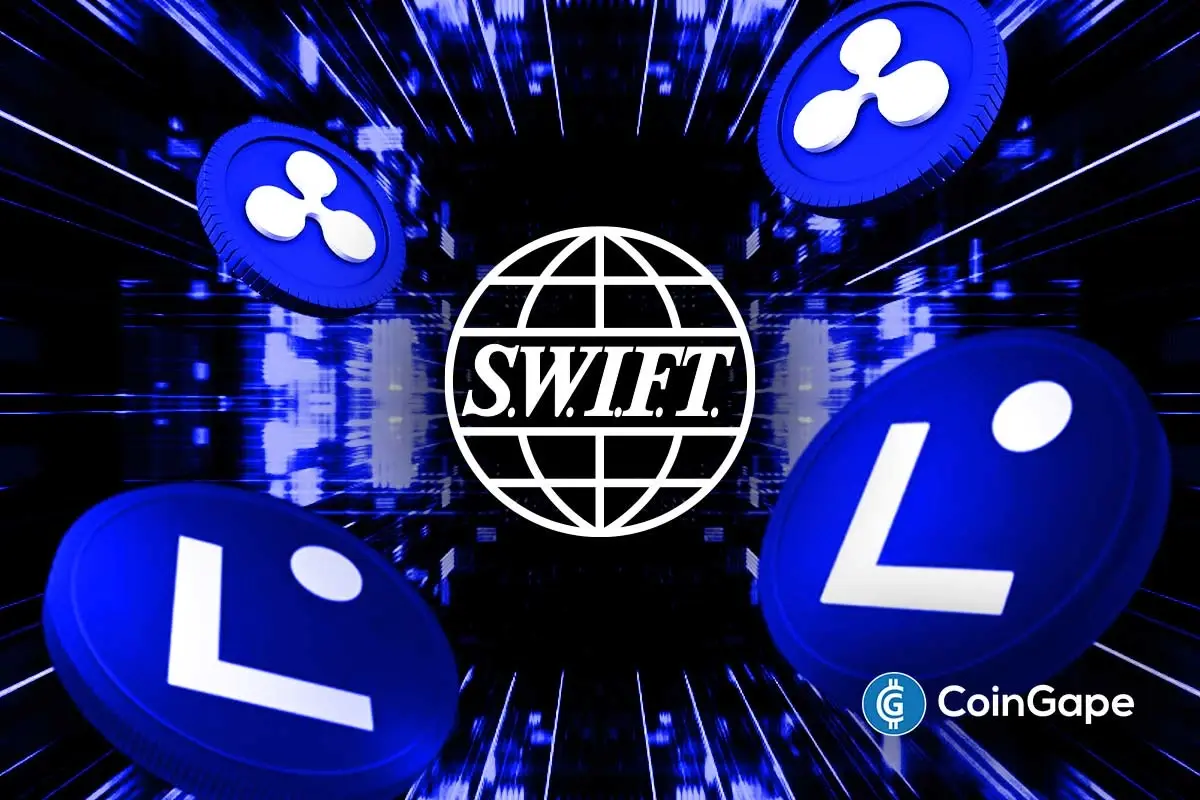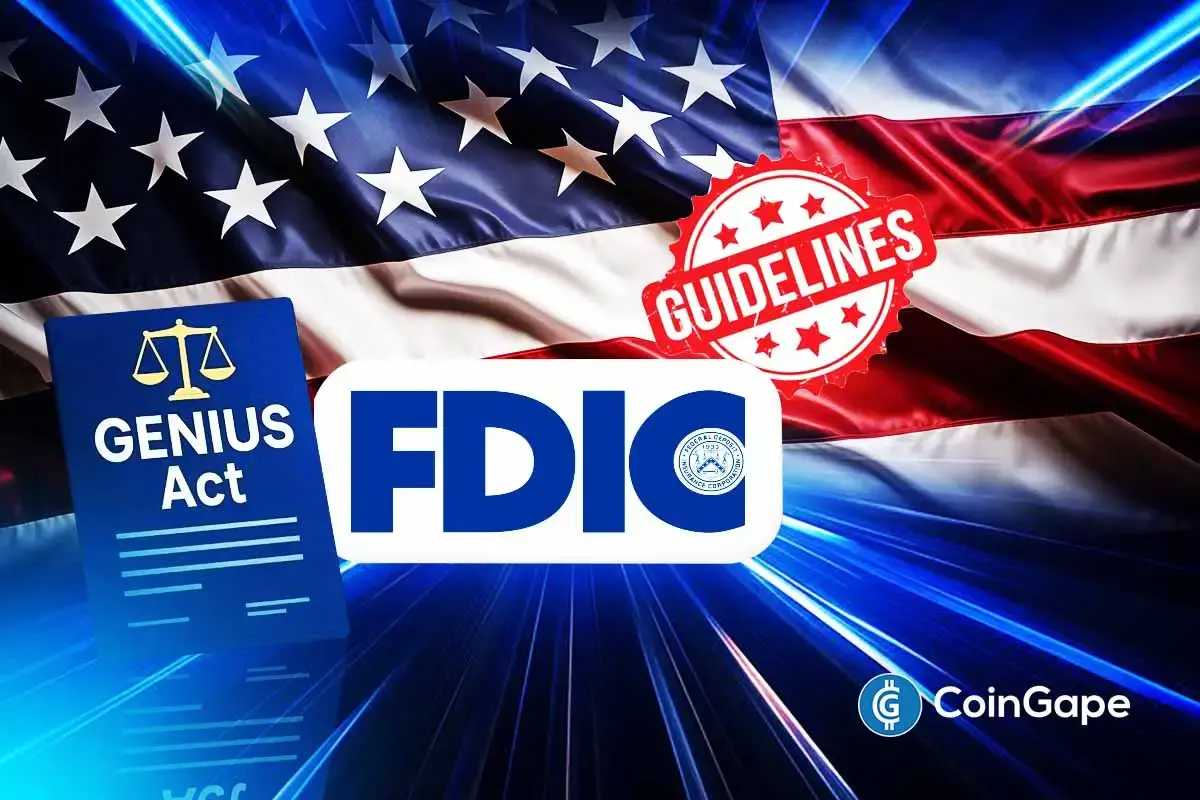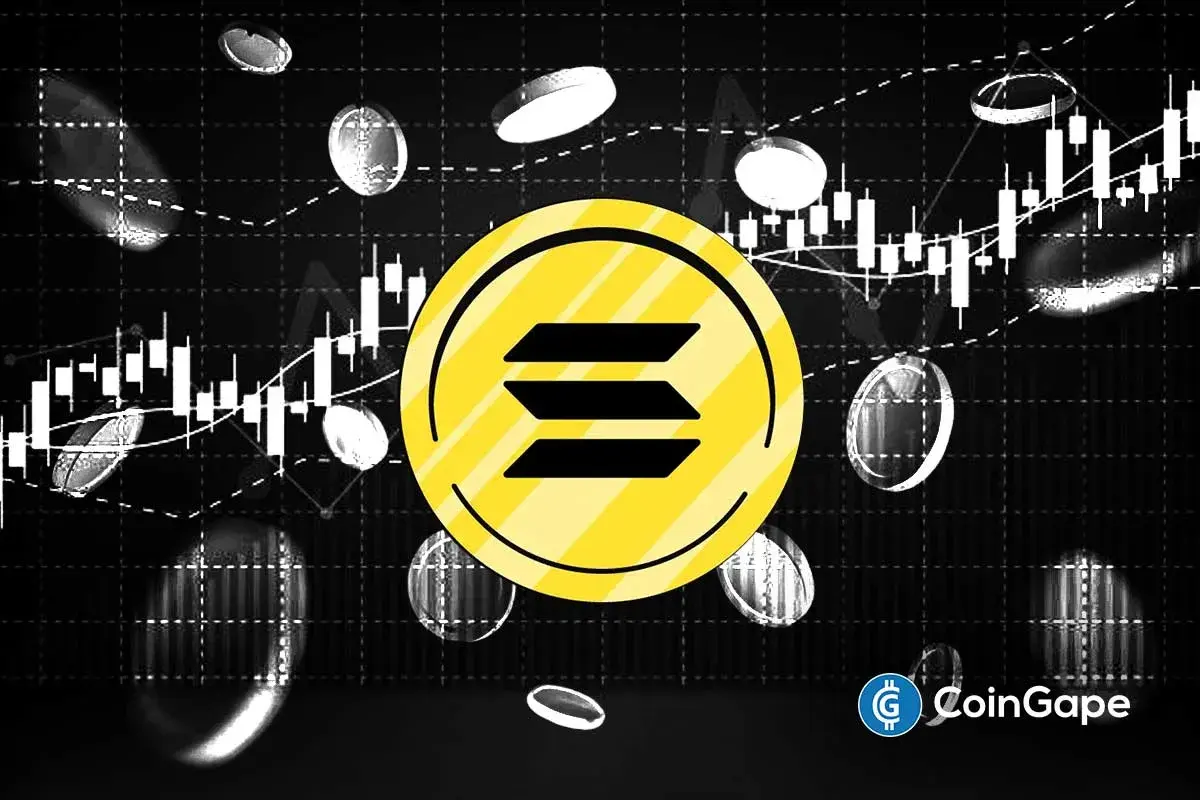SWIFT Plans Stablecoin and On-Chain Messaging Pilot on Linea, Challenging Ripple

Highlights
- SWIFT tests blockchain messaging with Linea and a stablecoin pilot.
- Global banks are already a part of the SWIFT blockchain pilot, and could rival the Ripple network.
- Linea provides confidentiality and enables the possibility of conducting numerous transactions at the same time.
The world’s largest interbank messaging network SWIFT has selected Ethereum layer 2 platform Linea to test blockchain-based transactions. It is also planning to launch a stablecoin, signaling a direct challenge to Ripple’s cross-border payment model.
SWIFT’s Linea Blockchain Pilot Competes With Ripple Payments.
The trial involves some of the world’s top banks (BNP Paribas, BNY) and it is “a major step forward in moving SWIFT’s messaging system on-chain, as the TheBigWhale reported. This particular development creates competition for Ripple, which has long touted blockchain as a cheaper and quicker alternative to bank transfers.
Already tokenized messaging and settlement are used in Ripple’s model to reduce dependence on SWIFT’s legacy infrastructure. SWIFT is testing its own blockchain pilot, signaling that it is not about to give ground in the fast-evolving payments landscape.
Currently, SWIFT links more than 11,000 financial institutions around the world. Recently, Tom Zschach, a company executive, claimed that banks would favor SWIFT’s payment rails, tokenized deposits, or regulated stablecoins.
It doesn’t move money directly. Rather, it sends standardized instructions to banks to enable them settle payments through correspondent accounts. This system has supported global finance for decades but is slow, expensive and depends on several intermediaries.
The Linea pilot aims to change that. Built by Consensys, Linea provides privacy-focused cryptographic proofs as well as scalability for Ethereum transactions. Such features attract banks that want operational efficiencies with compliance and data confidentiality. The pilot combines payment instructions and settlement in one on-chain transaction. This would cut costs and would let everyone monitor progress in real time. Thus, it can reduce costs and enable all parties to monitor progress in real-time.
Pilot Faces Challenges but Shows Growing Blockchain Use in Banking
Ripple has been among the biggest challengers to SWIFT’s dominance. Banks and companies can move money across borders using their blockchain-powered payment network at lower fees and in a shorter time than before.
An interbank token is also being studied as part of the pilot, potentially adding stablecoin-like features to SWIFT’s offering. Such a move could blunt Ripple’s advantage as it gives major banks their own blockchain-based option for settlement. However, Ripple has also made a counter-move by unveiling a payment stablecoin demo.
The test is still early and it may be months before practical results emerge. Technical challenges include integration with existing banking systems and demonstration of Linea security’s efficiency. The pilot is proof that traditional finance is showing greater interest in incorporating blockchain services.
- Hyperliquid Eyes HYPE Token Recovery with Massive Burn Proposal
- Bitcoin Crash Incoming? Peter Schiff Adds to Bearish Warnings as Gold and Silver Rally
- Bitcoin to Drop to $10K? Bloomberg Analyst Makes Bold Prediction
- U.S. Banks May Soon Issue Stablecoins as FDIC Proposes GENIUS Act Framework
- Breaking: U.S. SEC Ends Four-Year Investigation Into Aave Amid Ongoing DAO Saga
- Solana Price Outlook After Charles Schwab Adds SOL Futures — What Next?
- Pi Network Stares at a 20% Crash as Whale Buying Pauses and Demand Dries
- Here’s How Dogecoin Price Could Rise After Crossing $0.20
- Is XRP Price Headed for $1.5 as Whales Dump 1.18B XRP in Just Four Weeks?
- Bitcoin Price Weekly Forecast as Gold’s Surge Revives Inverse Correlation — Is $85K Next?
- Ethereum Price Risks $2,600 Drop Despite JPMorgan’s New Fund on its Network
















